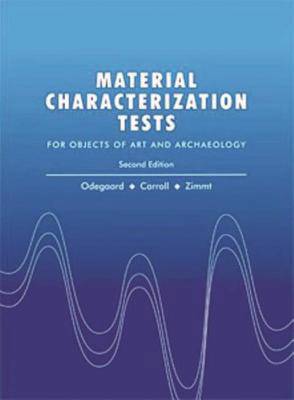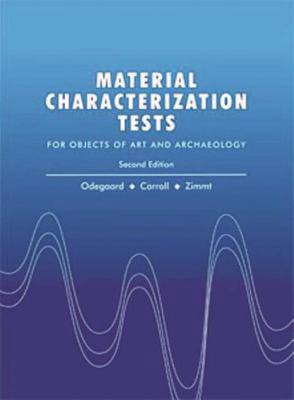
- Afhalen na 1 uur in een winkel met voorraad
- Gratis thuislevering in België vanaf € 30
- Ruim aanbod met 7 miljoen producten
- Afhalen na 1 uur in een winkel met voorraad
- Gratis thuislevering in België vanaf € 30
- Ruim aanbod met 7 miljoen producten
Material Characterization Tests
For Objects of Art and Archaeology (Second Edition)
Werner S Zimmt, Scott Carroll, Nancy OdegaardOmschrijving
The second edition of this book serves as a comprehensive guide for conservators, archaeologists, and museum professionals, providing detailed methodologies for testing the materials of cultural objects. It includes updated procedures for testing metals, inorganic compounds, organic and synthetic materials, and packaging/storage materials. The book covers a wide range of object types, including metal, textiles, leather, paper, plastics, and architectural materials. It not only explains how to perform each test but also evaluates their effectiveness, helping readers select the most appropriate tests and interpret the results accurately.
Specificaties
Betrokkenen
- Auteur(s):
- Uitgeverij:
Inhoud
- Aantal bladzijden:
- 248
- Taal:
- Engels
Eigenschappen
- Productcode (EAN):
- 9781909492202
- Verschijningsdatum:
- 1/11/2005
- Uitvoering:
- Paperback
- Formaat:
- Trade paperback (VS)
- Afmetingen:
- 198 mm x 267 mm
- Gewicht:
- 725 g

Alleen bij Standaard Boekhandel
Beoordelingen
We publiceren alleen reviews die voldoen aan de voorwaarden voor reviews. Bekijk onze voorwaarden voor reviews.








